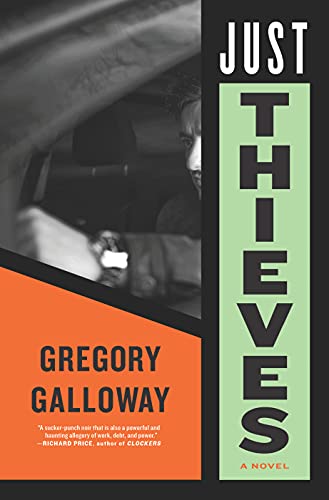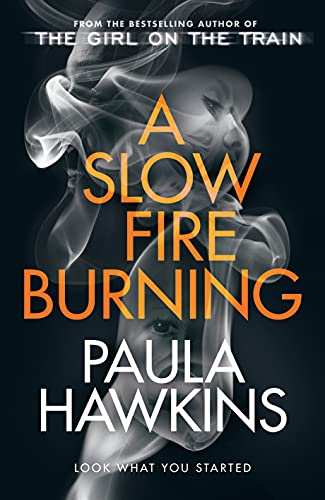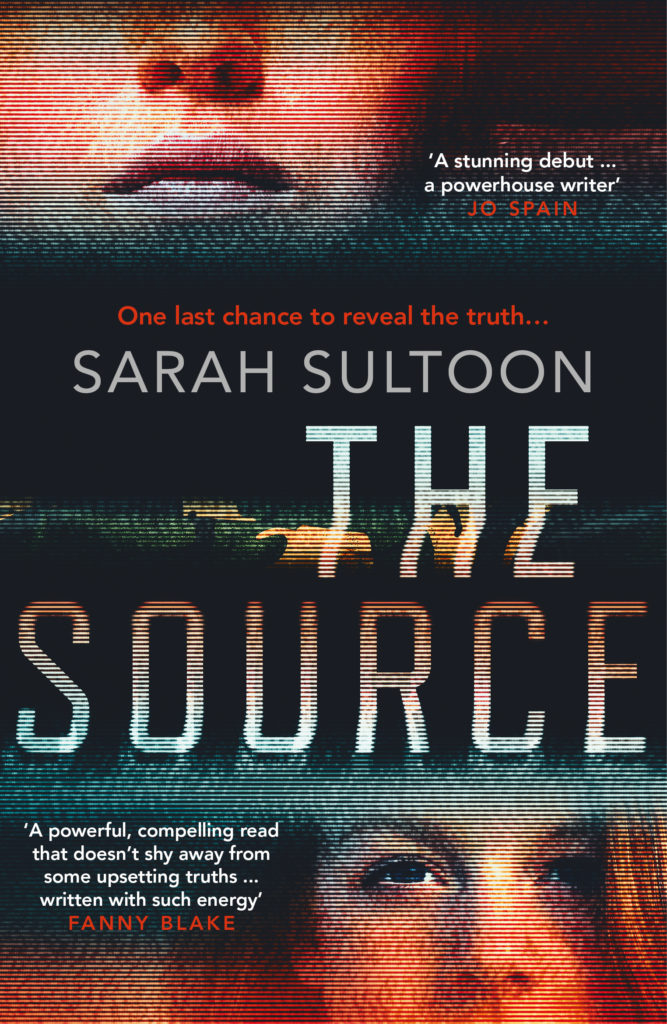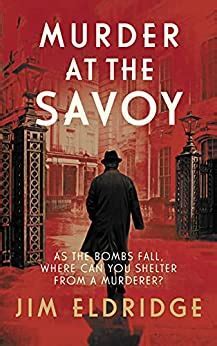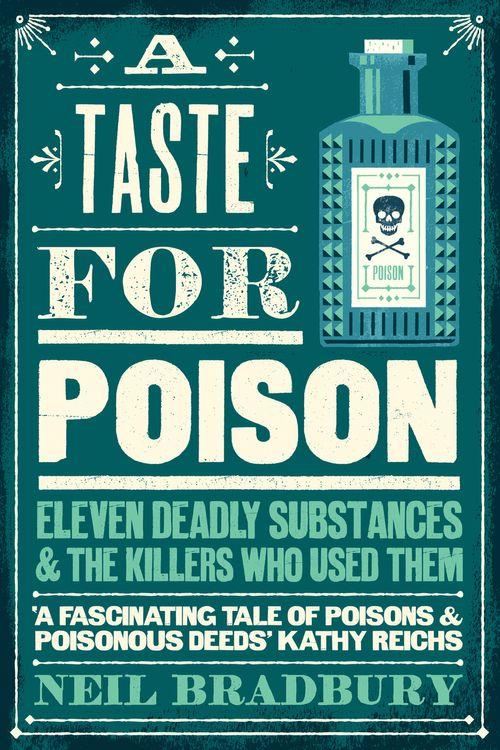By Gregory Galloway
Published by Melville House https://www.mhpbooks.com/
272 pages ISBN 9781612199375
Publication date 14 October 2021
I received an uncorrected proof to review for participating in the Blog Tour. Many thanks to Tom at the publisher for including me.
From the blurb
Rick and Frank are recovering addicts and accomplished house thieves who steal to order, as assigned jobs by their boss. Nothing is left to chance. In fact, chance is their biggest fear. They devote much of their time to eliminating chance to ensure that they don’t get caught.
But then they’re sent to an unfamiliar city to break into a home and steal something that seems worthless to them – although they quickly discover that there are others who seems to want it quite badly…and to be willing to do anything to get it.
As Rick and Frank become trapped in a tightening web of greed and violence, they are forced to confront their past and their livelihoods.
Synopsis
Rick became a thief to pay off his debts to a shady man who knew his father and bailed him out when he was desperate. He is told what to steal and where to find it.
His partner is Frank who is older, wiser and a great planner. He makes sure there are no problems, and they are never caught. There is never any need for violence.
When they are ordered to steal an object that is seemingly worthless to them Frank is the one who recognises that it must be priceless to someone. When they are in a minor traffic accident whilst in possession the object, he realises all is not as straightforward as it seems. This can be no mere accident, there must be more to it. He needs to think, so he goes off on his own.
Losing Frank makes Rick determined to discover what is going on even though this is against his instructions and puts his life in danger.
My thoughts
A crime novel centring on Just Thieves is a bit of a novelty. The modern diet of crime fiction is generally a gruesome murder, often several and serial killers. Where there is theft, it is bank robbery or diamond heists not lowly housebreaking, which along with shoplifting represents much of city-based crime. I loved the matter-of-fact approach to the crime and attitude of Rick and Frank, to whom it is just a job. They don’t go out to physically hurt anyone, mainly because that is a sure way to get caught and get a heavy sentence, but they have no compunction about what they do.
This is noir but not the run of the mill noir, it’s a dark tale about the lives and problems of two men drawn together by a chance meeting. It lays bare addictions and how they are dealt with, their debts both financial and of honour, and trying to determine a future when someone ultimately controls your life. There is a nod to the classic noir of the Maltese Falcon in that more than one person wants the stolen object but there’s no wisecracking gumshoe or femme fatale.
Central to the story are relationships.
Rick’s father was a petty crook but one who knew to steal just the right amount, enough to be worth it but not significant enough to be investigated and charged for. Through his father’s relationship with the shady figure of Froehmer Rick knows who to contact when his life starts to fall apart. Working for him albeit as a thief gives Rick the security and income to put his life straight. Rick is, however, under his controlling influence until he has paid off the debt, the sort of debt that is never quite repaid.
Meeting Frank starts to give his life meaning. Like Rick, Frank is a recovering addict who is much further along in is recovery and is mentoring when their paths cross at a recovery meeting and then they quickly become partners and friends. Rick moves in with Frank who helps him with the planning of the robberies and brings wisdom and calm to his life. There is a hint that they share a bed but no more, a brief interest in passing, perhaps like a Morecambe and Wise bedtime sketch and nobody gave those a second thought. The two men work well together forming a tight bond making them engaging protagonists even though we know we shouldn’t warm to them.
Frank deals with his problems by trying to take control and eliminate risks by thinking deeply and planning. For him everything has a reason and so he needs to determine what it is and what are the consequences, which we see at the opening when they come across a horse laid in the road and he delays the job until he understands the implications. Frank’s knowledge and expertise with security systems eliminates the risks when carrying out a job making Rick’s life much easier.
Once Frank’s influence has gone Rick becomes more reckless in his actions leading to him being sucked deeper in and crossing the line to become someone he didn’t want to be. This second half is where the novel becomes dark but also compelling as Rick battles for his existence and to discover what became of Frank. The plotting is intricate as twists are revealed and the reader can never be confident where it is leading. As the tension ratchets up then the pace of the writing increases as if the story is pulling in a preordained direction it must go. The conclusion itself wasn’t what I was expecting, I’m not sure many will guess it, but it works well.
Just Thieves revels in its quirkiness but delivers a dark tale full of double crosses and surprises.
I would like to thank Melville House for the opportunity to take part in this blog tour. The remaining featured blogs can be seen below.

